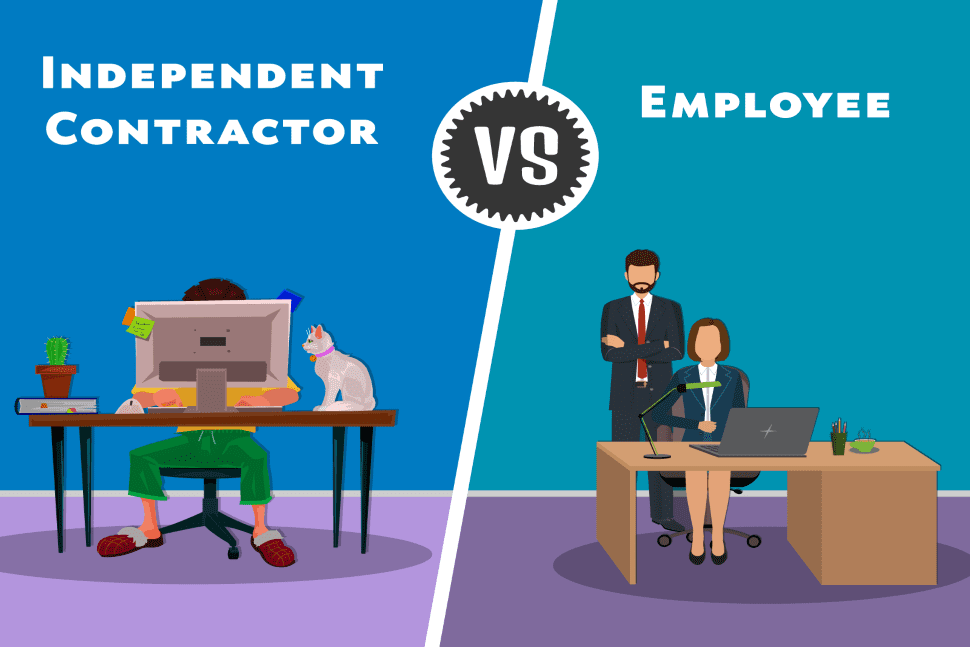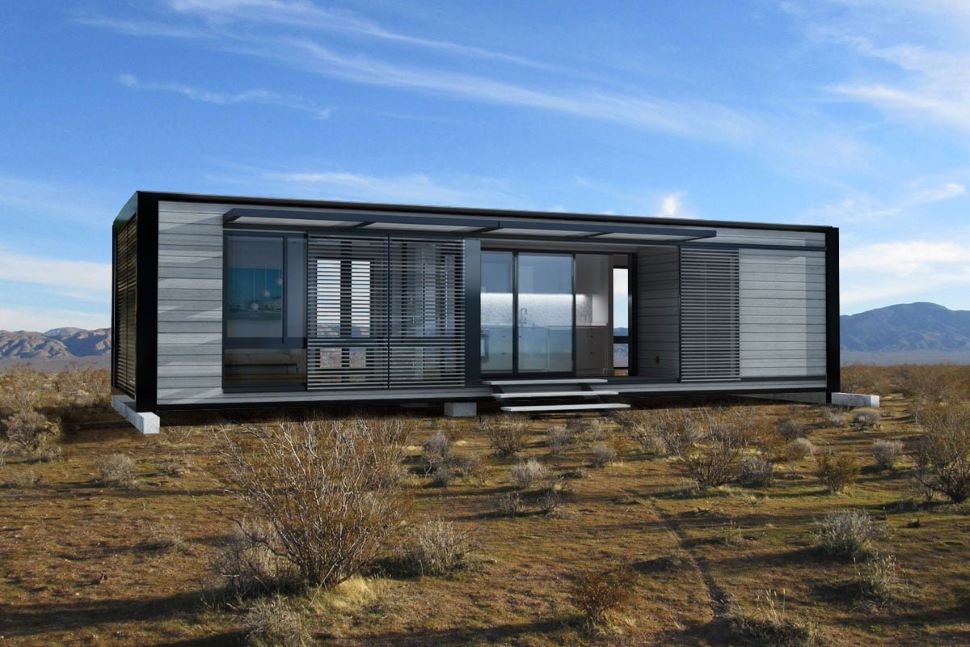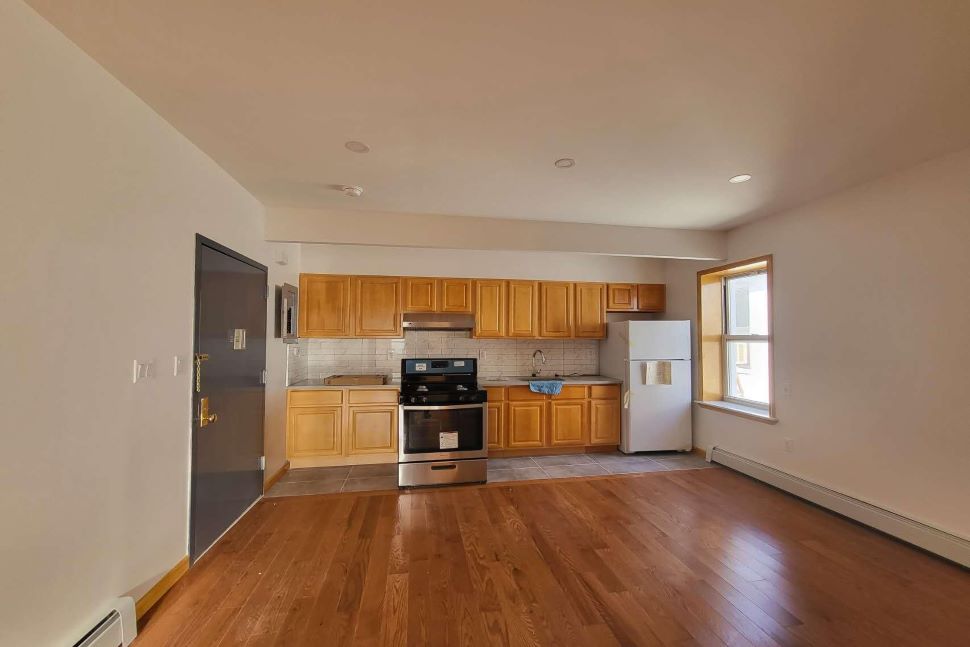
Independent Contractor vs. Employee
November 28, 2022
Saving Energy in Your Mobile Home
December 6, 20228 Tenant Tips to Check before Renting a House or Apartment
Although the property location is the first thing that comes to mind, there are plenty of other things to consider before signing a rental lease agreement. Skipping by these valuable tips cold prove to be a regretful headache once you’ve signed the lease. Read ahead and learn what to watch out for while you are inspecting your rental home.
Whether you are renting an apartment, house, condo, townhouse, or other rental unit, the location is clearly one of the most important items to consider; to ensure that you are in a safe neighborhood and necessary amenities are conveniently located. It is easy to focus on just moving in and setting up your new living space; however, have you considered where you’ll shop for groceries, home supplies, parks, playgrounds, gas stations and other day to day necessities which we all rely on.
It is important for tenants to know that a rental inspection report should be used to protect the interest of both the landlord and the tenant; the lack of a pre rental inspection report could result in the landlord charging the tenant for damages that the tenant didn’t cause, perhaps withholding part of the security deposit to pay for repairs. The following tips are some important items to watch out for when completing your Residential Rental Inspection Report.
1. Check the Unit for Damage and Stains
When you first walk into the property, one would generally notice the ceilings, walls, floors and carpets. Apart from a couple of tiny nail holes where the prior tenant may have hung frames, you certainly wouldn’t want to notice any ceiling, wall or floor stains which may be indicative of a water leak or water damage issue in the home or unit. Also, if the carpets are stained, the lack of cleaning or replacing the carpets before renting the unit may be indicative of the type of landlord you may have to live with for an extended period of time. If you care about where you live, pride of ownership comes from the Landlord as much as it comes from the tenant.
2. Make sure that the Lights, Switches and Windows are all working.
It is preferable to view your unit during the day to ensure that you feel good about the amount of daylight/sunlight available to your living space. Whether day or night, you definitely need to try all the switches and make sure that all the lights and electrical outlets are in working order. Most people wouldn’t think about it but if you can buy a small plug-in outlet tester at your local hardware store, it’ll set you back around $10 but will go a long way during your quick inspection. If a light fixture doesn’t work, this would be time to ask the Landlord to take care of it; the issue may or may not be a lightbulb replacement.
3. Check the Heating, Air Conditioning & Thermostat
Whether summer or winter, don’t be shy to run the heater and the air conditioner to make sure that the HVAC unit is working as intended. A slight movement of the thermostat setting will let you notice if the thermostat is working as intended. If the apartment or home doesn’t feel comfortable, this is an indication that you won’t be comfortable living there. Don’t let the Landlord collect retail rent for a substandard condition! If repairs are necessary, the Landlord will most likely move fast when you haven’t yet signed the lease agreement.
4. Check to make sure Smoke detectors are working.
There are ordinances in effect is most areas requiring working smoke detectors in all living areas and hallways leading to the bedrooms. Most smoke detectors have an intermittent flashing red light to indicate that the smoke detector is on and working. The only other way to test each smoke detector would be to take a short extender stick and hold the test button to make sure that they are working.
5. Check the plumbing in the bathroom(s).
During your walkthrough, never be shy to run both the hot and cold water to the sinks and flush the toilet. It is equally important to notice the drains are all free flowing as well as water flow from the faucets; low pressure, low flow, or yellow color water initially may indicate blocked and old galvanized water lines. If plumbing work is needed, it would be very inconvenient to the tenant and should be taken care of before moving in.
6. Check the Fridge, Stove, and Kitchen Sink
The kitchen sink is no different to the bathroom sink; you’d want to run both the hot and cold water and make sure the drain is working well. You should run each of the burners on the stove and make sure they all work well, plus it would be a good idea to turn on the oven and make sure that it at least lights and begins to heat up. The fridge and freezer should appear clean and cold when opened.
7. Check for Pests
If the prior tenants had pest issues, you may see ant traps under the kitchen sink or bathroom sink, or perhaps behind the toilet. If sticky traps are noticed during the walkthrough, it may be an indication that the Landlord may not be utilizing a service to spray the exterior of the property. The presence of window screens in good condition will help prevent flies from coming in when opening windows.
8. Renters Insurance
Although the Landlord will have a Landlord Policy (Fire Insurance) on the property, this will not provide coverage to the tenant. Whether required by the Landlord or not, you should have Renters Insurance to protect your personal property and provide personal liability coverage for you and your family. A Landlord not requiring Renters Insurance may be an eye opener for a savvy prospective tenant. All good Landlords require Renters Insurance.
Renting an Apartment or House as a Tenant
Before deciding to rent a home, please be sure to investigate at least these few items we’ve outlined above for you. We assume that you would have already checked on the location and made sure that you will move into a safe area. A lot of time and money goes into moving into a new place and there’s no pleasure to finding items going wrong after moving in, then faced with arguing or waiting on a Landlord who may seem to take his/her sweet time or ignore issues which are important to you. You can avoid the hassle of most issues in your rental by simply bringing them up when you and your landlord do the move-in walkthrough.

